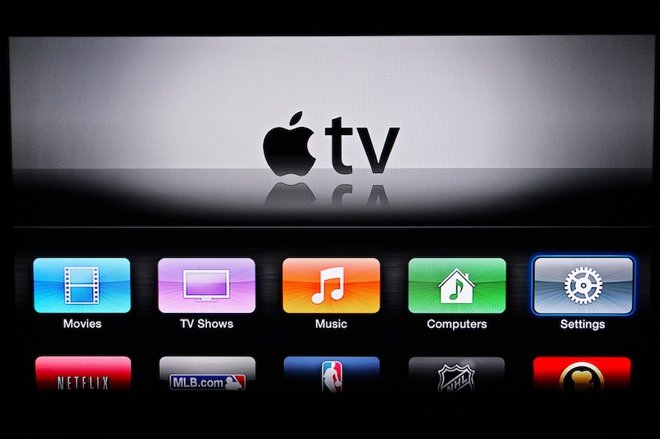Here is how Apple's lowest-end product will kill cable TV
According to sources, Apple seems unlikely to unveil its much talked-about streaming subscription service at WWDC next week. Rumors have it that Apple and network providers have not been able to reach an agreement yet over content licensing, which is to be expected, considering Apple’s sizable task ahead.

Apple’s objective has been a popular conversation starter in tech communities for at least a year, with hardly anything tangible in the way of details. Until now, Apple TV has been merely a vessel for other subscription services, such as HBO Now, Fox Now, and other content providers, requiring separate subscription agreements for access. Most of these subscriptions have been available granted an existing cable or dish contract, at least so far.
As of late, HBO’s exclusivity deal with Apple is rumored to cease, as HBO is planning to expand its streaming offering to Chromecast and other services, which might or might not include web browsers, as it used to be the case prior to HBO Now. This, however, is not a sign of HBO “bailing out”, but rather an indication that Apple understands that providing content to consumers is not about exclusivity.
Apple might just take a page from traditional Pay TV
Apple’s new streaming service, whose announcement is rumored to have been postponed till sometime after the WWDC, will be nothing like other streaming services the like of Netflix or Hulu Plus.
In addition to music and games, owners of Apple TV will no longer be required to have a cable subscription to enjoy around 25 channels, including live sports, news, weather and movie channels, for as low as 30$ to $40 per month, without contract.
Apple customers might even be allowed to enjoy the same content, on their MacBook, iPhone, iPad and other Apple devices as well.
The problem with add-on streaming
Watching TV content on Apple TV, through a traditional cable or dish provider, involved a confusing authentication process where an on-screen code is provided, which must be typed into a web browser on a separate device, to prove eligibility to watch the service.
This is precisely why it’s unlikely that Apple will invest anymore resources in developing cable or dish-based authentication methods for Apple TV customers. Apple is not the only one seeing this cumbersome process as an unnecessary burden on customers. Sony is also one with an interest in making it easier for consumers to watch TV, no matter where they are.
While Sony and Dish already have made available a similar service in a limited number of US cities, Apple is planning to make its new service available nationwide, effectively becoming a threat to cable and dish TV providers.
$40 per month, which is the most Apple TV subscribers are expected to pay, is substantially below what Comcast, Time Warner or Dish can offer, which includes promotional pricing typically offered within the first one or two years of service contracts. Apple’s $40 deal, if the rumors are true, would not be promotional. It would be the actual monthly subscription cost, which would not require yearly, or multi-year commitments, just as any other streaming offering, such as HBO’s.
If the deal goes through, the potential for services like Netflix and Hulu Plus to still be relevant in the future, could be at risk, as the amount of content that can be bought on a month-to-month basis (granted such scenario), will be staggering, diverse, and available through a single, simple remote control, the size of a stick of chewing gum.